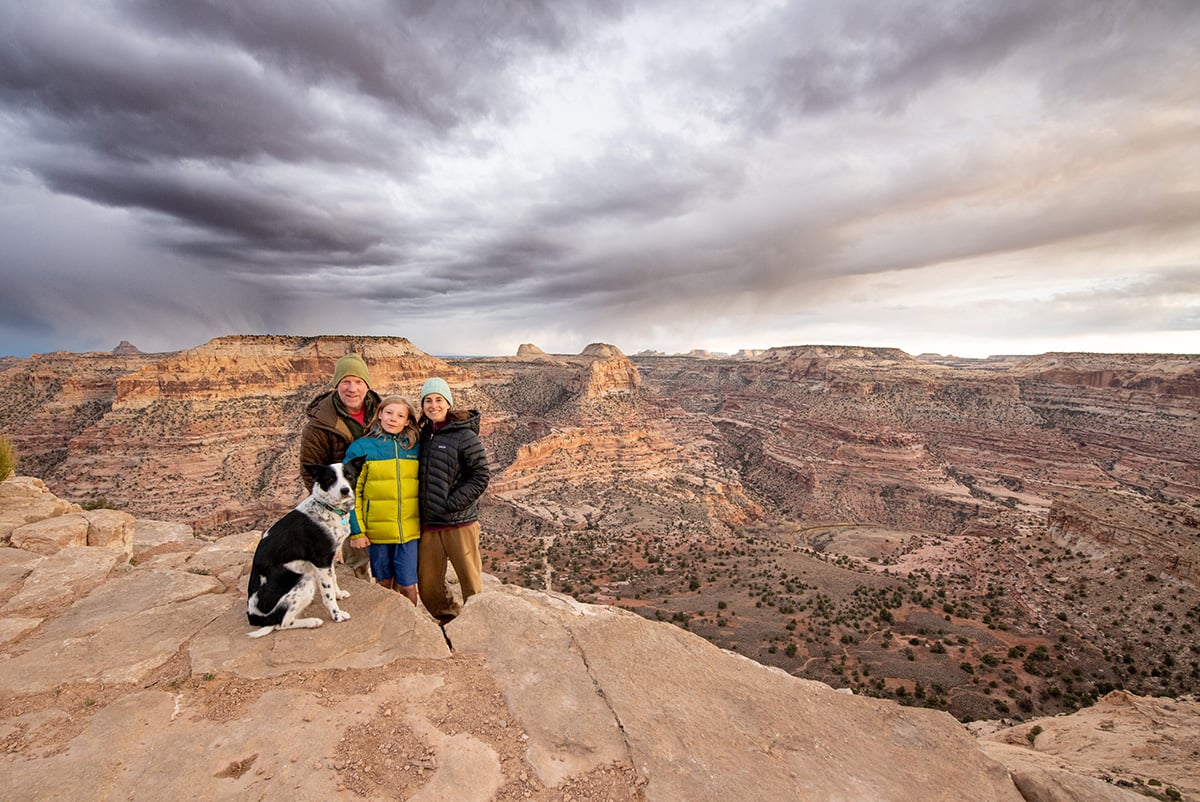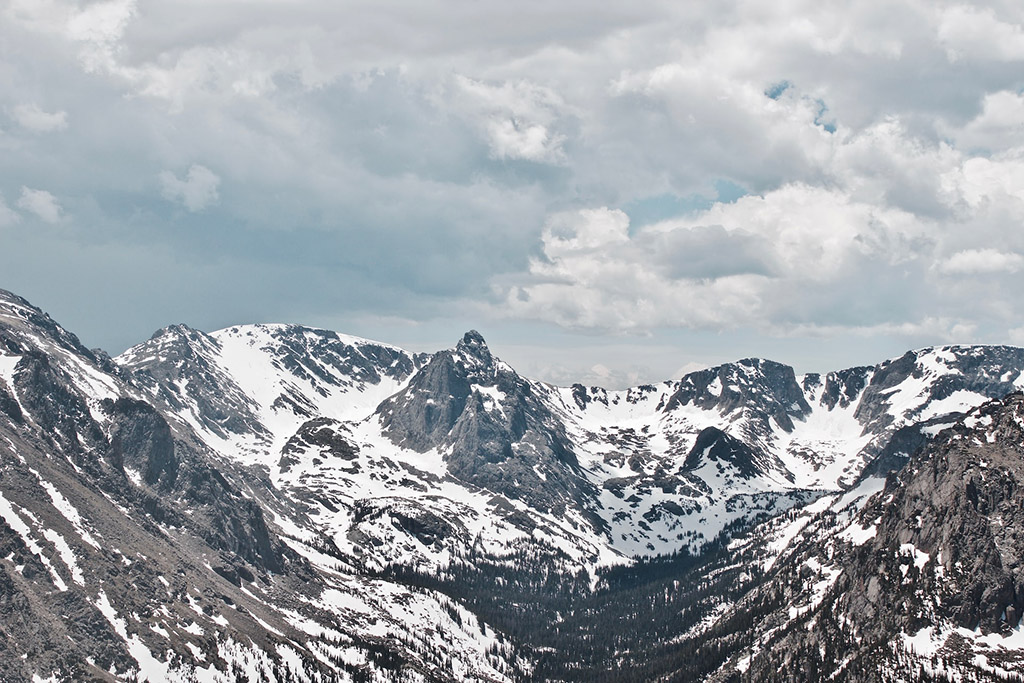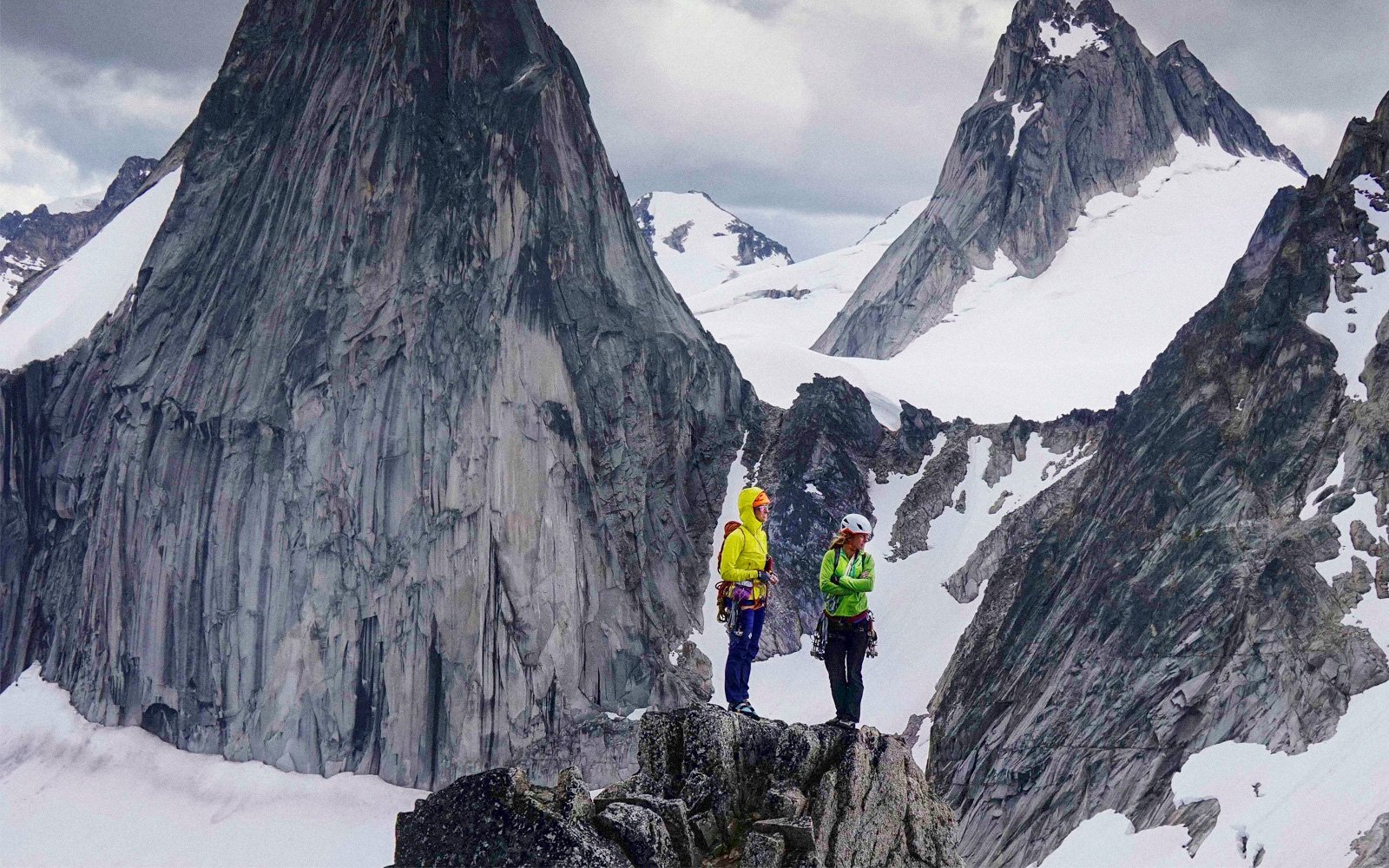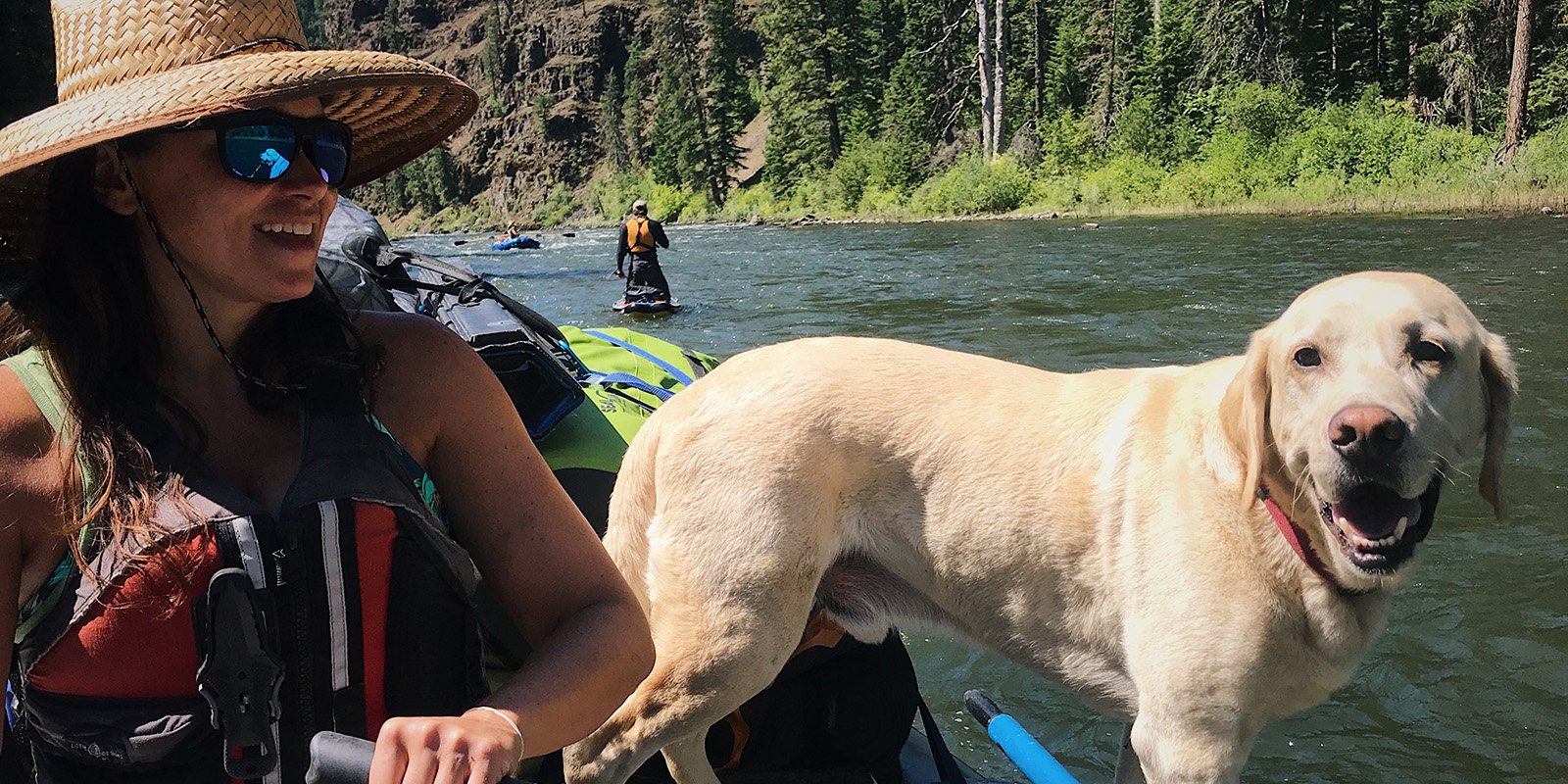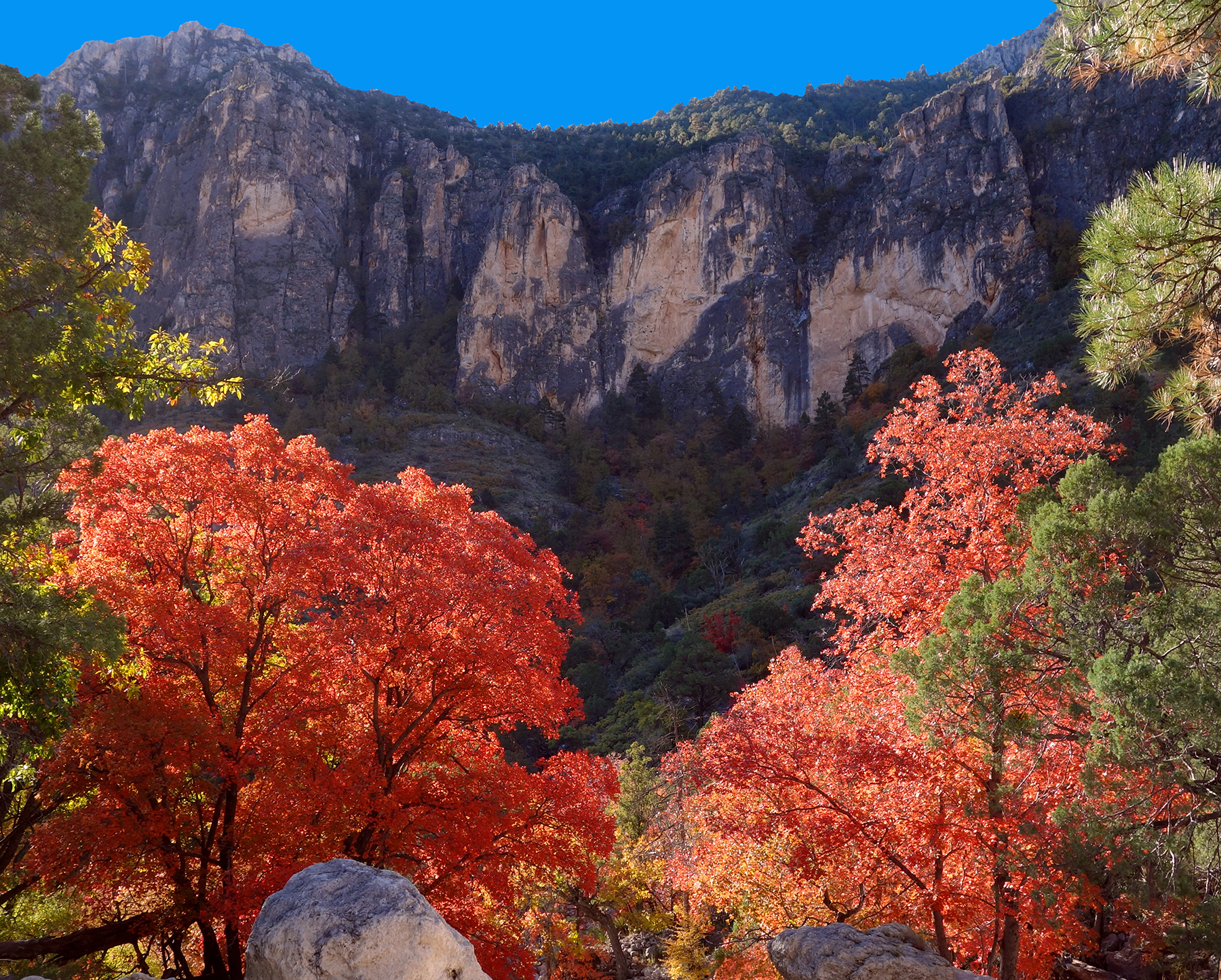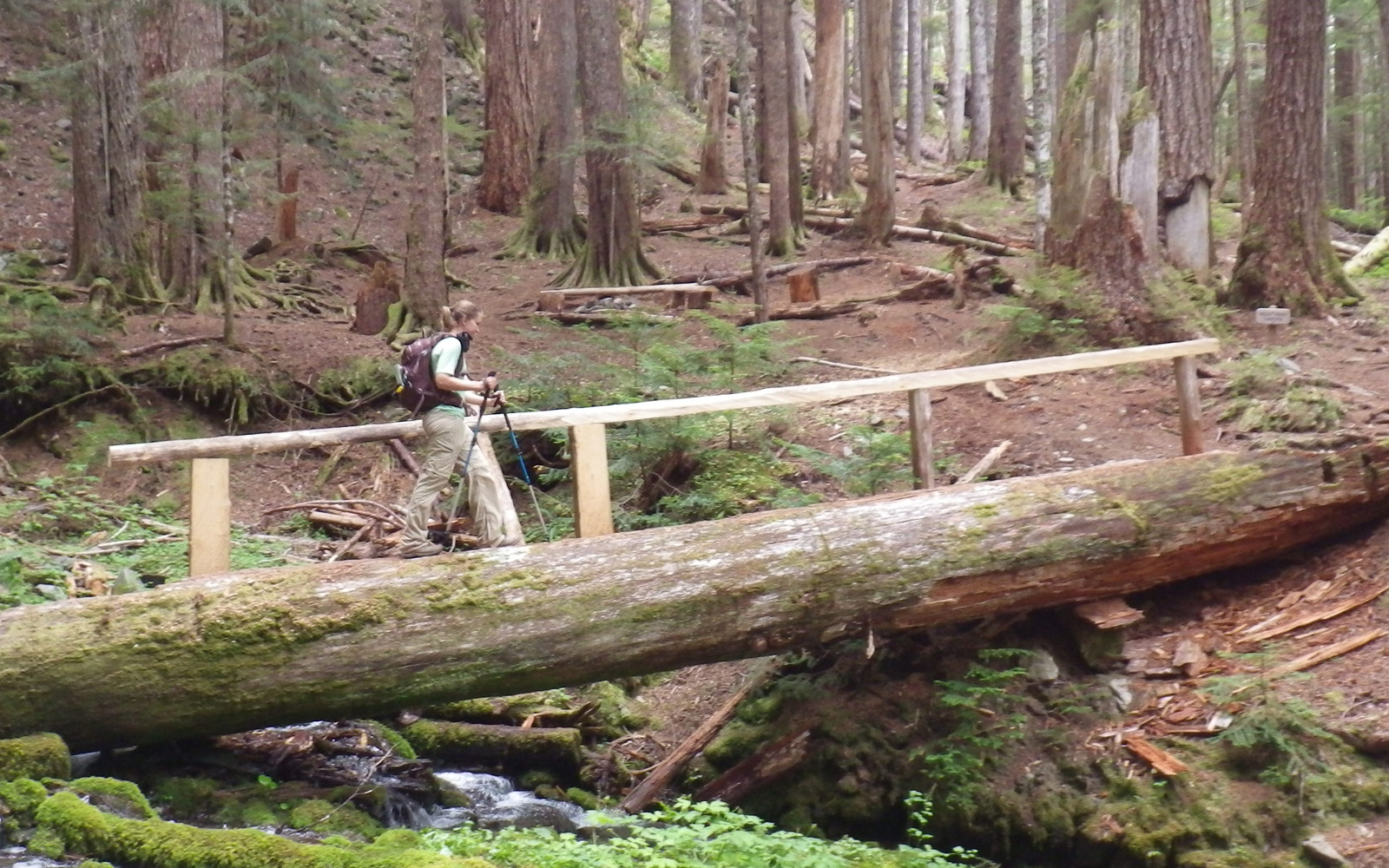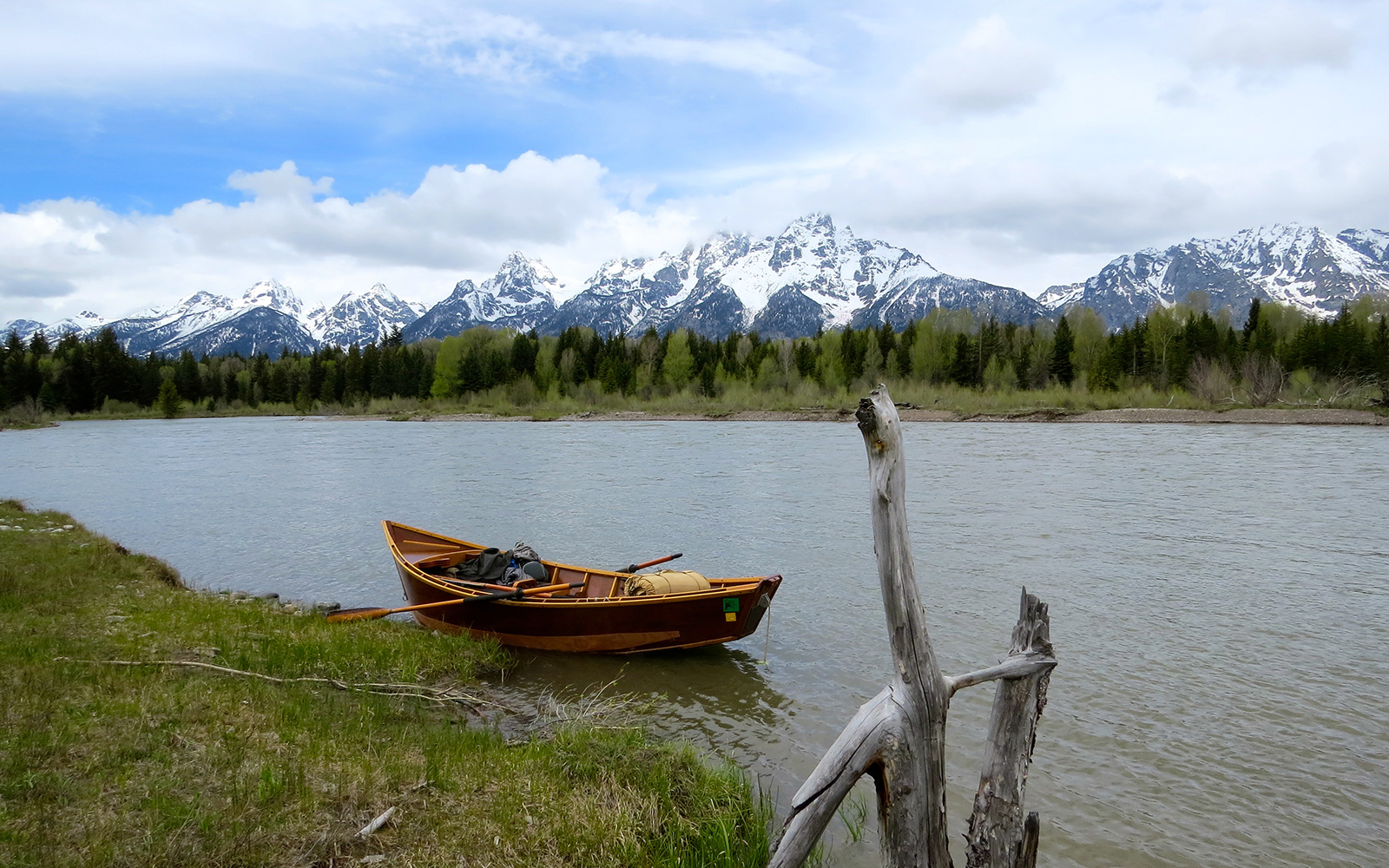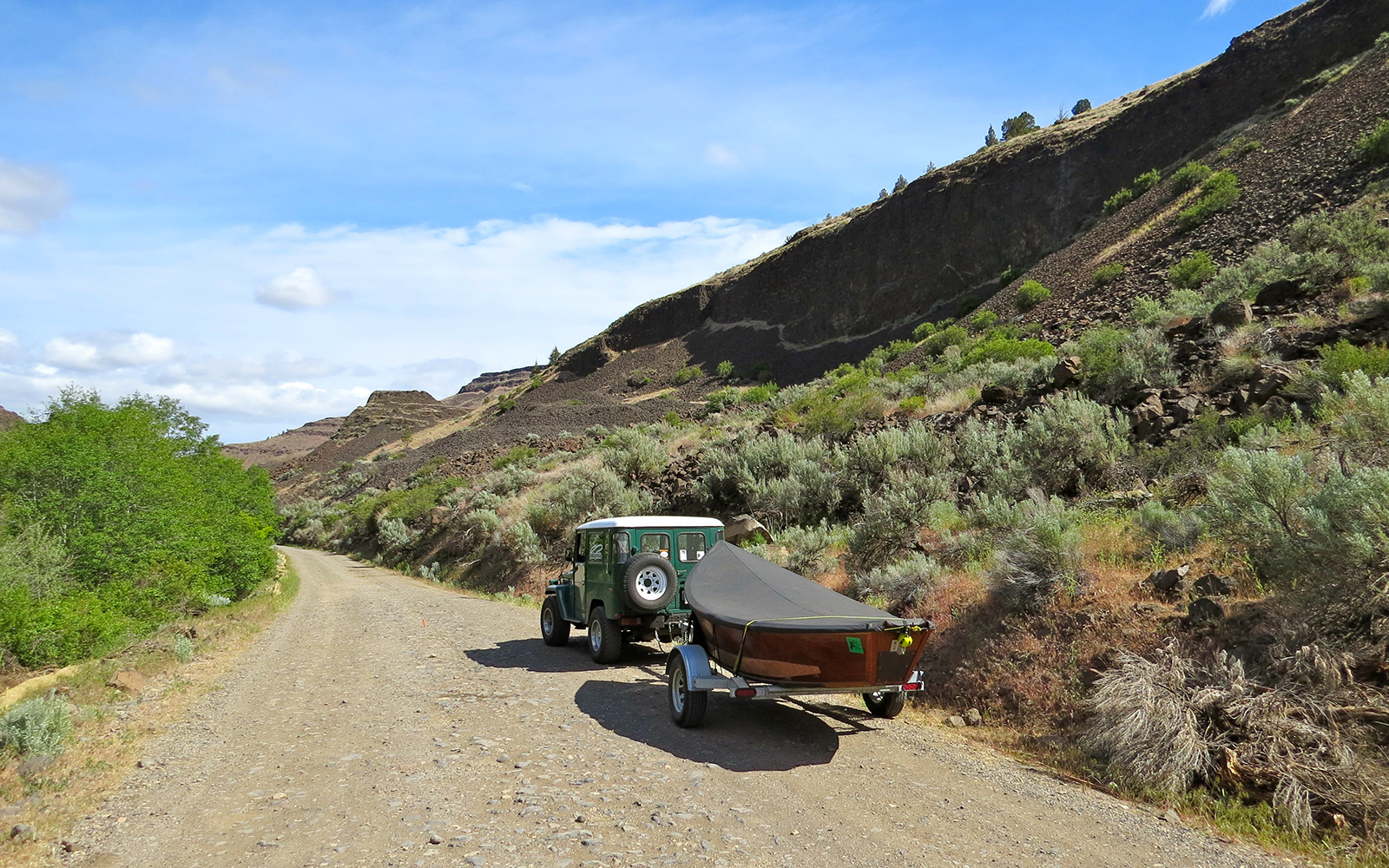When I was a kid, my mom took my siblings me and to an observatory with a telescope that was bigger than my bedroom. I stepped into the observation pod, placed my eyes against the telescope, and admired all the specs in the sky. This experience was the start of my love of stargazing.
I liked feeling small, and inconsequential. I let my imagination wander through the cosmos, picturing alien life forms on distant planets. Since then, I’ve been all around the country and spent hundreds of nights sleeping under the stars. Some of my best stargazing experiences have been in these locations.
1. Canyonlands National Park, Utah
There’s nothing quite like a desert stargazing experience. Places like Canyonlands National Park have so little light pollution, that clear nights offer starry spectacles that will leave you completely stunned. The arid climate makes for less visual obstruction from humidity and pollution. The Needles District is a particularly remote area of the park, offering the adventurous spirit a quiet lens into the cosmos.
Canyonlands National Park is open for 24 hours a day, which means that you can bring a headlamp and hike into the belly of the park. Or you can stargaze right from the parking lot. My favorite stargazing destinations in Canyonlands have always been deep in the park. Just keep in mind that overnight campers require a permit.
The best times to stargaze in Canyonlands are between March and May (when the galactic core can be seen), and again between September and November (when the Milky Way is most easily seen).
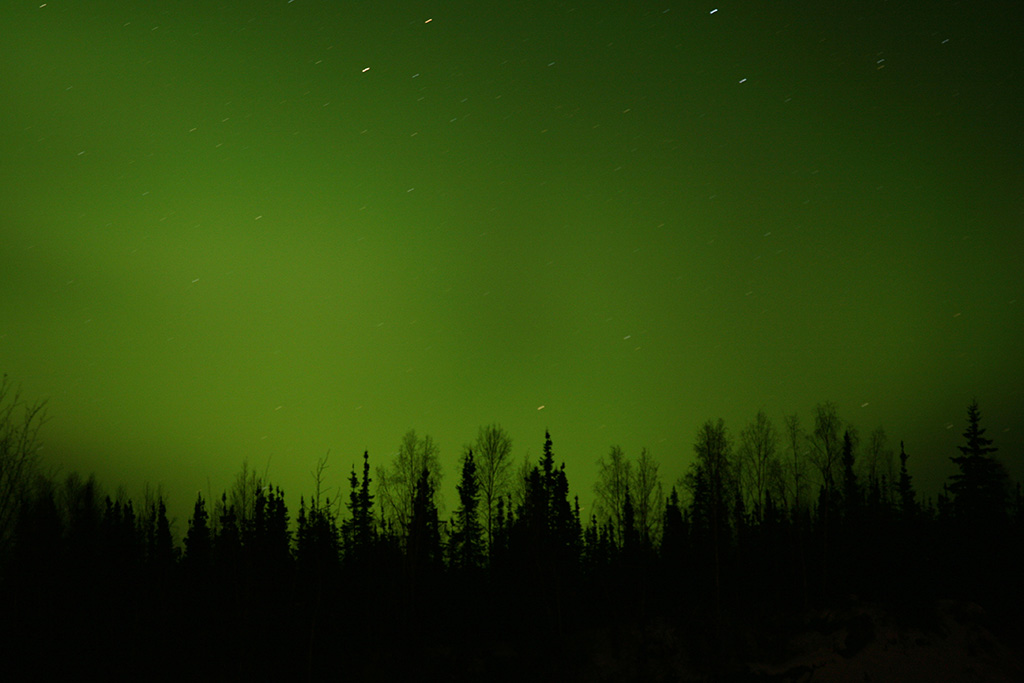 Photo Credit: Brian Adams
Photo Credit: Brian Adams2. Denali National Park, Alaska
Alaska is best known for its wilderness, wildlife and wide-open skies—and Denali National Park is one of its crown jewels. As one of the least inhabited places in the country, there’s very little light pollution preventing stargazers from getting their fix. What’s more, the northern lights can often be seen during the cold months. I took a road trip through the state in 2021, and I found that even when we weren’t trying to stargaze, it was exceptionally easy to do so. We often left our rainfly off at night so we could peer through the mesh into the great expanse of the sky to see the Milky Way.
The best time to stargaze in Alaska is between November and March, since this is when the skies are completely dark. If you’re trying to catch a glimpse of the Northern Lights, you’ll want to try between September and March. To get away from the crowds, put some space between yourself and Anchorage. The rest of the state is so big that you can usually find a spot without fellow stargazers around.
3. Death Valley National Park, Nevada
Death Valley National Park is well-known for its intolerable heat. In the middle of the summer, this region has been known to regularly reach 120-degrees Fahrenheit. But if you’re lucky enough to travel to this area during the cooler months, you’ll get the opportunity to see the skies like you’ve never seen them before. According to the International Dark-Sky Association, Death Valley National Park is the third International Dark Sky Park, alluding to its pristine skies. Head to the park sometime in February, and you might even get to work with The Oasis to hone your astronomy skills. To beat the crowds, try to visit the park on a weekday. This may help you to escape some of the traffic that comes in from LA and Las Vegas.
4. Great Basin National Park, Nevada
Great Basin National Park is located on the eastern side of Nevada. Hundreds of miles away from big cities, this National Park is both hard to get to and full of stargazing opportunities. In fact, those who know what to look for can not only see thousands of stars, but they can also locate planets, meteors, Andromeda, and the Milky Way. Most of those things can be seen with just the naked eye.
To observe impressive meteor showers, stargazers should head to the park in August. Since this National Park is so far off the beaten path, you shouldn’t run into too many other stargazers. But the crowds thin out even further in September after Labor Day.
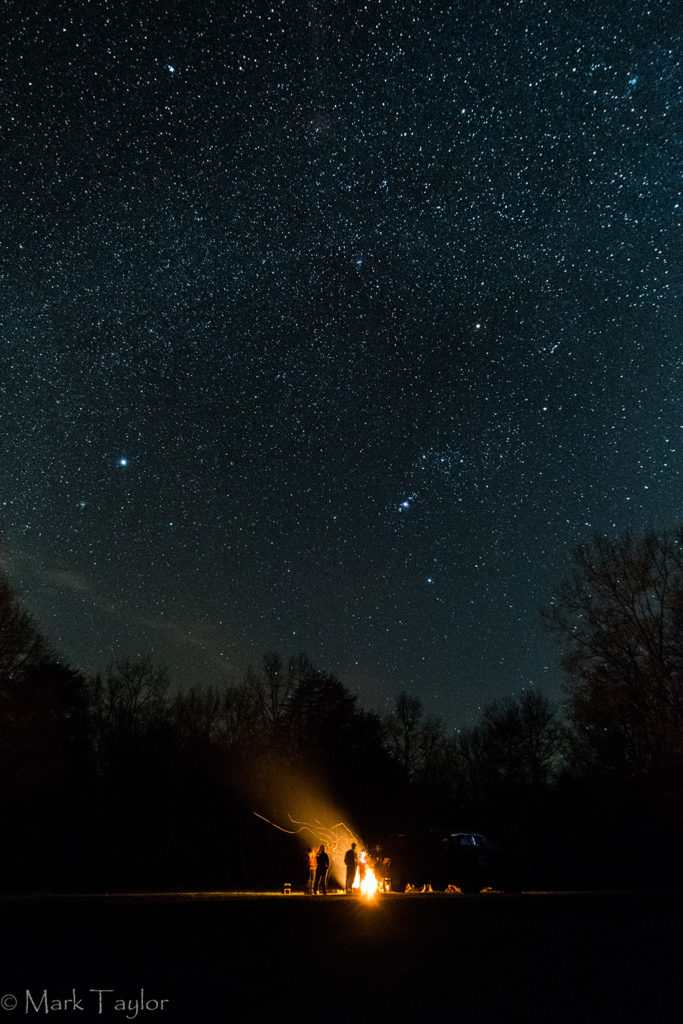 Photo Credit: Mark Taylor of TN Dept of Tourist Development
Photo Credit: Mark Taylor of TN Dept of Tourist Development5. Great Smoky Mountains National Park, Tennessee
Great Smoky Mountains National Park is an iconic destination for numerous reasons. It’s home to a synchronous firefly display, and the tallest peak on the Appalachian Trail resides within the park. But it especially manages to impress visitors who are there for stargazing.
This park has numerous overlooks that are accessible by car, or you can find a hike to increase the challenge. Newfound Gap straddles the Tennessee and North Carolina state line. At night, this spot gives viewers phenomenal access to the skies. The best time to take advantage of the park’s night skies is between March and September, but most travelers will find this to be a great year-round destination, too. As one of the nation’s most popular national parks, it can be tough to beat the crowds here. But visiting the park on a weekday or during the off-season can help to cut down on the competition.
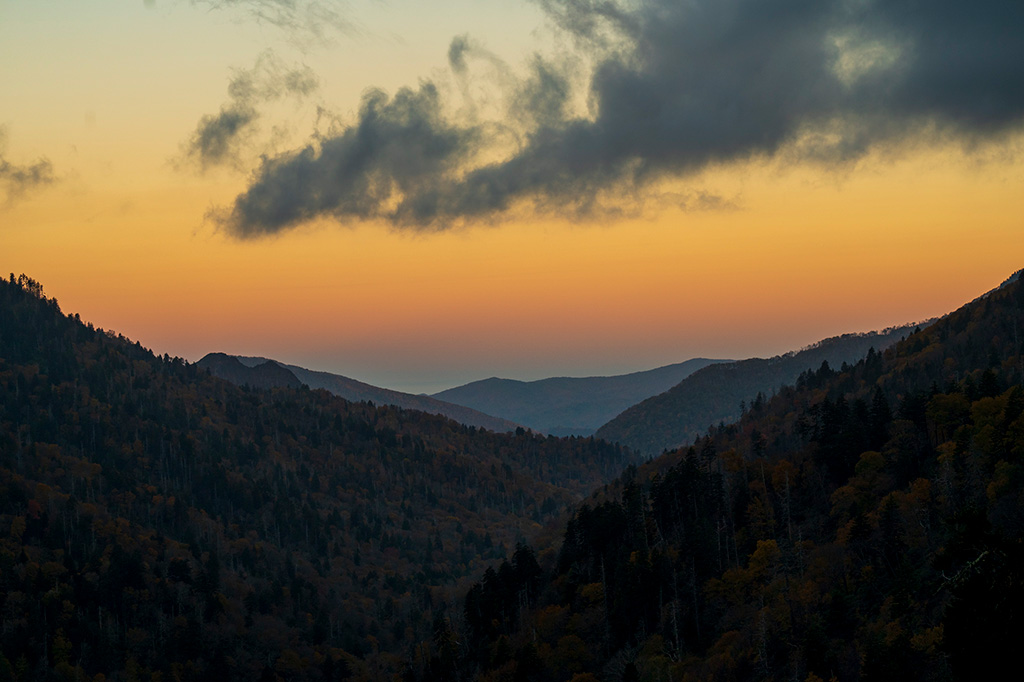 Photo Credit: TN Dept of Tourist Development
Photo Credit: TN Dept of Tourist DevelopmentStargazing Tips
1. What to Look for in Your Next Stargazing Destination
Stars can be seen from most parts of the country at any given time of the year. But the more remote the location, the more expansive the stargazing experience will be. Serious astronomers should look for areas that are far away from cities, with 360-degree views. If you’re going stargazing with the intention of seeing something in particular, make sure to find a spot without visual obstructions (like trees and buildings).
2. Extra Equipment to Bring Along
In premier stargazing locations like this, you can see a stunning amount of beauty with the naked eye. But if you want to enhance your stargazing experience, you can bring a travel telescope, or binoculars.
3. Stargazing Best Practices
Before you get ready to hit the road, do a little bit of research. What time is sunrise and sunset in the area to which you’re traveling? The National Park Service recommends giving your eyes extra time to adjust to the dark. This means that you should arrive at your stargazing location 20 to 30 minutes prior to stargazing.

4. Where to Stay
Since many of the nation’s best stargazing locations are off the beaten path, most visitors will need to find a place to stay during their journey. Sleeping outside gives you even more opportunities to observe the skies. Most National Parks offer permits for backcountry camping, which can be a good way to fully immerse yourself in your experience. These destinations are also usually home to a campground or two, which can give you a less-rustic way to sleep outside.
Here are a few tips for sleeping outside:
- Check the weather before you go, and pack extra layers even for summer expeditions.
- Reserve a camping spot through the Park Service.
- Pack a bear canister or utilize available bear containers in places where these mammals reside.
- Clean up after yourself and leave no trace of your visit.
- Put your fires out all the way when you’re done. Nobody wants a forest fire.
Related Posts:







